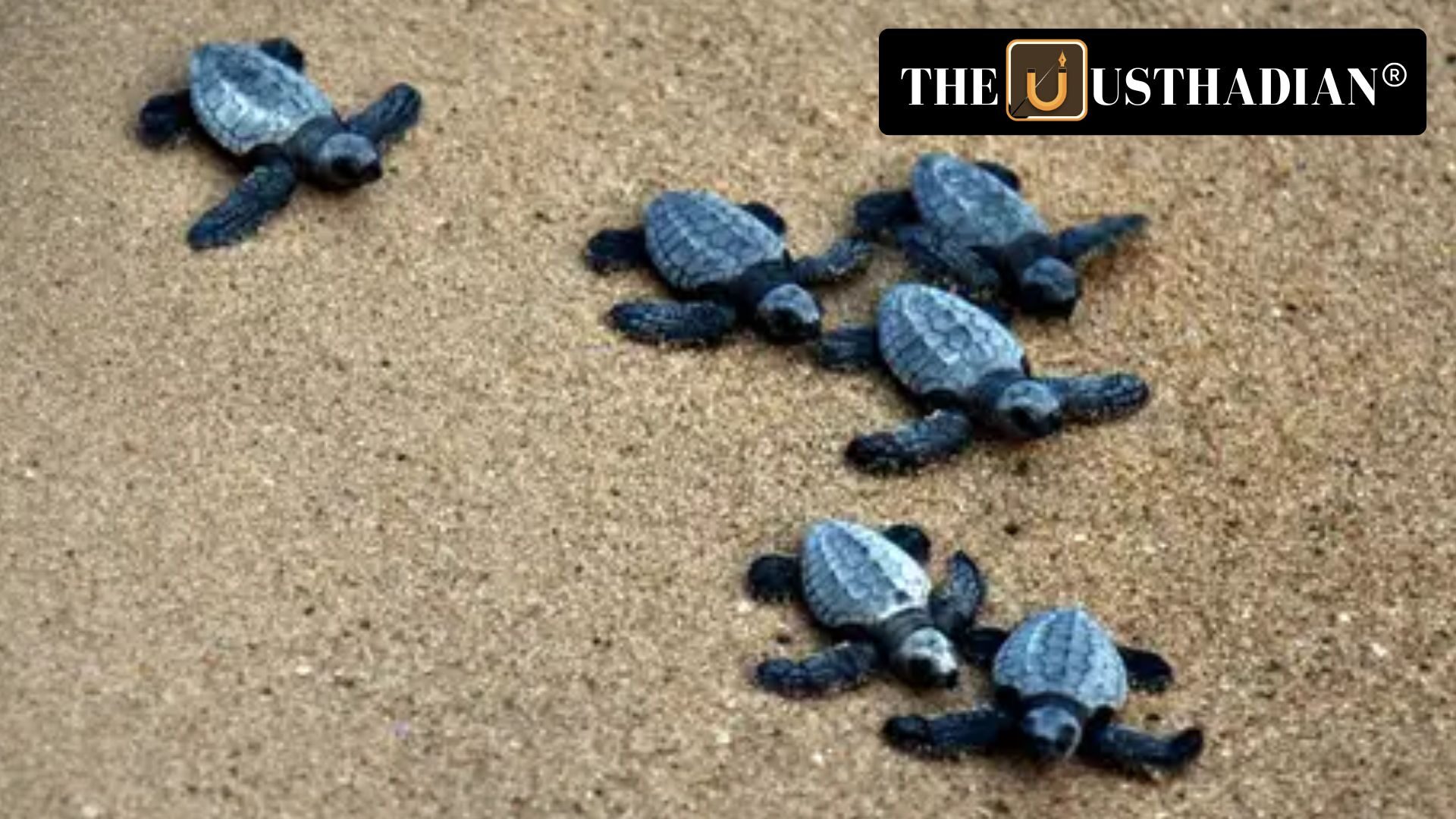A Disturbing Rise in Turtle Deaths
Olive Ridley Turtles Face Crisis Along Tamil Nadu’s Coastline : Tamil Nadu’s coastal belt is witnessing a worrying ecological crisis—over 300 olive ridley turtles have been found dead along the Chennai coast in recent weeks. The beaches of Neelankarai, Besant Nagar, Kovalam, and even Pulicat in Thiruvallur district have reported frequent carcass sightings. What makes this alarming is the timing—it’s the beginning of their nesting season, a critical time when these turtles should be returning safely to shore.
Their deaths have sparked urgent investigations from conservationists and marine experts, as the numbers are far higher than usual for this time of year.
Why Are They Dying?
The leading culprit is bycatch—an industry term that refers to the unintentional trapping of non-target marine animals in commercial fishing nets. These turtles need to surface to breathe, and when stuck underwater in fishing nets, they suffocate and drown.
This year, experts believe the problem has worsened due to increased fishing activity, likely because of higher fish availability in the region. More boats, more nets—and more danger for sea turtles.
What the Carcasses Tell Us
Post-mortems of the turtle carcasses reveal lung damage, bulging eyes, and swollen necks—all signs of suffocation. These distressing details confirm that the turtles were trapped for too long in nets, unable to breathe or escape.
These signs are not just tragic—they’re a clear call to intensify protection measures, especially during the nesting period.
The Miracle of Arribada—and Its Fragility
Olive ridley turtles are famous for Arribada—a phenomenon where thousands of female turtles nest at once, digging holes to lay up to 110 eggs each. This takes place from late November to March, mainly along the coasts of Odisha, Andhra Pradesh, and Tamil Nadu.
But even this natural wonder is threatened. Pollution, beach disturbances, and unchecked fishing have put this delicate cycle at risk.
What Is Being Done?
Some state governments, like Andhra Pradesh, have responded by enforcing temporary fishing bans near key nesting zones such as Hope Island. Conservationists are pushing for wider use of Turtle Excluder Devices (TEDs)—simple attachments to fishing nets that allow turtles to escape while keeping the fish in.
Such devices have shown success in countries like the USA, and experts believe they are urgently needed in India’s coastal fishing practices.
Who Are These Turtles?
The olive ridley turtle (Lepidochelys olivacea) is the smallest sea turtle in the world, weighing 35–45 kg and growing up to 70 cm in length. Despite being the most abundant sea turtle globally, they are listed as “Vulnerable” by the IUCN due to increasing threats like bycatch and habitat loss.
Their survival depends not just on laws, but also on community action, awareness, and responsible fishing practices.
STATIC GK SNAPSHOT FOR COMPETITIVE EXAMS
Olive Ridley Turtles Face Crisis Along Tamil Nadu’s Coastline :
| Topic | Fact |
| Olive Ridley Turtle | Smallest sea turtle; classified as Vulnerable by IUCN |
| Mass Nesting | Known as Arribada; occurs in Tamil Nadu, Andhra Pradesh, Odisha |
| Nesting Season | Late November to March |
| Primary Threat | Suffocation due to bycatch in fishing nets |
| Conservation Tools | Fishing bans and Turtle Excluder Devices (TEDs) |








